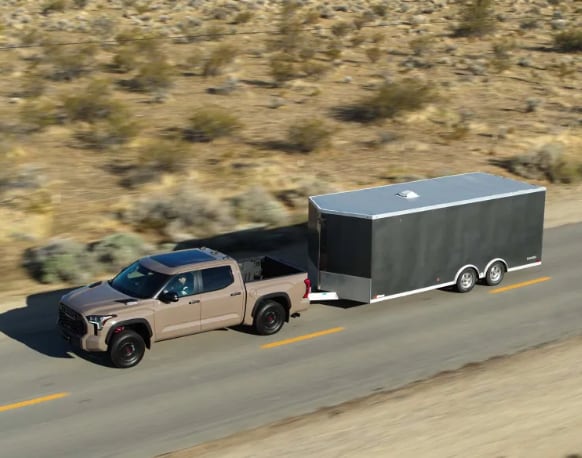

The 2025 Toyota Tundra emerges as a reliable partner in this endeavor, boasting a towing capacity of up to 11,175 pounds. However, even with such robust capabilities, ensuring safety and efficiency necessitates more than just power under the hood. From weight distribution techniques to proper hitch setup, each step is vital for smooth transportation.
The journey towards safe towing begins long before you hit the road; it starts with understanding your vehicle's capabilities. With its impressive towing capacity, the 2025 Toyota Tundra stands out as a top choice for those needing serious hauling power. Yet, it's essential to remember that approaching the upper limits of any vehicle’s towing capability demands additional considerations like using a gooseneck trailer or incorporating a weight distribution system. These tools not only enhance safety but also ensure that your truck performs optimally without undue stress on its components.
Once you've ensured that your vehicle is equipped for towing—both in terms of mechanical readiness and legal compliance—the next step is setting up your trailer connection correctly. For most standard setups involving a hitch and sports car combination, there's ample headroom when using something like the Tundra. Attaching your trailer securely means selecting the right ball mount; here, matching a 2-inch receiver on the Tundra with a corresponding 2-inch ball ensures compatibility. Always verify that your ball mount can handle the total intended weight of both trailer and cargo combined.
Loading your cargo correctly plays an equally critical role in safe towing practices. Proper weight distribution within your trailer stabilizes its movement on the road and helps maintain balance across both vehicles during transit. Ideally, around 60% of cargo weight should rest forward of the trailer axle while keeping 40% behind it—a guideline aimed at reducing sway and improving control over turns and sudden stops. This balance keeps both truck and trailer aligned harmoniously as they move down highways or navigate city streets.
Finally—and perhaps most crucially—never underestimate the importance of thorough checks before embarking on the roads ahead! Inspect brakes regularly, ensure functioning optimally, especially vital given heavier loads exert additional pressure on braking systems typically designed to handle lighter everyday usage scenarios instead! Confirm lights connectors working properly too, since visibility paramount factor in maintaining awareness of others traveling alongside through various weather conditions encountered along routes! If you are looking for a truck that can haul large equipment, stop by Bayside Pre-Owned Super Center in Prince Frederick, Maryland where we offer a wide variety of trucks that can haul heavyweight.
Source: Auto Guide